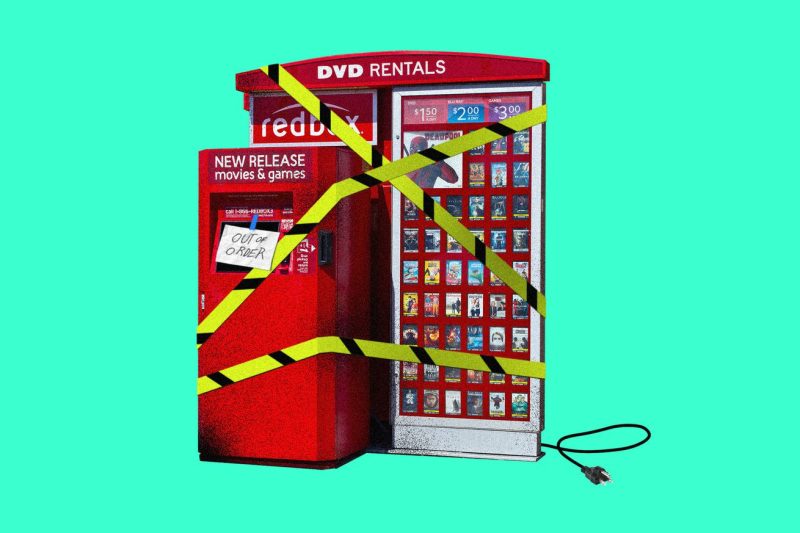In recent years, Redbox has been facing challenges and fluctuations in its business model that have resulted in a decrease in its market presence and overall user base. The popular DVD rental kiosk service, which was once a household name for movie enthusiasts seeking a convenient and cost-effective way to watch their favorite films, has been experiencing a decline in popularity and relevance. Several key factors have contributed to Redbox’s downward trajectory, including shifts in consumer behavior, the rise of digital streaming platforms, and an increasingly competitive market landscape.
One of the main reasons behind Redbox’s struggles is the changing preferences of consumers when it comes to their entertainment choices. In today’s fast-paced digital age, audiences are increasingly gravitating towards online streaming services such as Netflix, Hulu, and Amazon Prime Video. These platforms offer a wide range of content that can be accessed anytime, anywhere, and on multiple devices, providing unparalleled convenience and flexibility. As a result, traditional DVD rental services like Redbox have lost some of their appeal, with many consumers opting for the convenience of streaming over the hassle of physical disc rentals.
Furthermore, the rise of digital streaming has also had a significant impact on Redbox’s business model and profitability. As the market has become saturated with streaming services offering a vast library of movies and TV shows at competitive prices, Redbox has found it challenging to compete effectively. The cost of maintaining and operating physical kiosks across the country, coupled with declining DVD sales and rentals, has put a strain on the company’s financial performance. Redbox has been forced to close many of its kiosks and reevaluate its strategic priorities in order to remain viable in an increasingly digital-centric market.
Additionally, the competitive landscape in the entertainment industry has become more intense, with new players entering the market and established giants expanding their reach. Redbox faces stiff competition not only from streaming services but also from other rental and on-demand platforms that offer a diverse range of content and innovative viewing experiences. In order to stay relevant and competitive, Redbox will need to adapt its business model, diversify its offerings, and embrace digital technologies to meet the evolving needs of today’s consumers.
Despite these challenges, Redbox still maintains a loyal customer base and continues to serve as a convenient option for movie rentals in certain markets. The company has been exploring new initiatives such as digital rentals and on-demand services to attract a wider audience and stay competitive in the ever-changing entertainment landscape. While the road ahead may be bumpy, Redbox remains committed to its mission of providing affordable and accessible entertainment options to consumers across the country.
In conclusion, Redbox’s decline in popularity and market presence can be attributed to a combination of factors, including shifts in consumer behavior, the rise of digital streaming platforms, and increased competition in the entertainment industry. In order to survive and thrive in the future, Redbox will need to adapt to these challenges, innovate its business model, and embrace digital technologies to meet the evolving needs of consumers. By staying nimble and responsive to changing market dynamics, Redbox can position itself for long-term success and continue to be a relevant player in the ever-evolving world of entertainment.





























